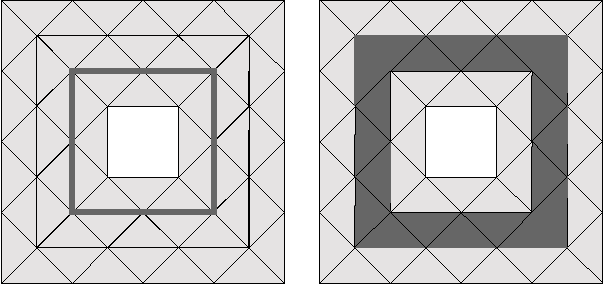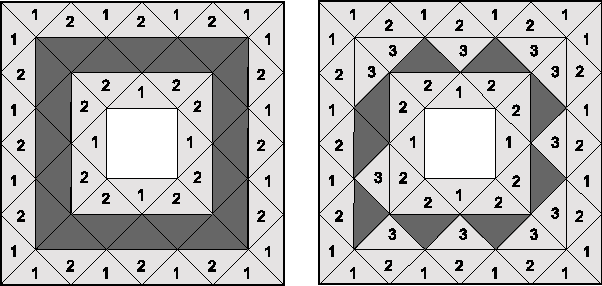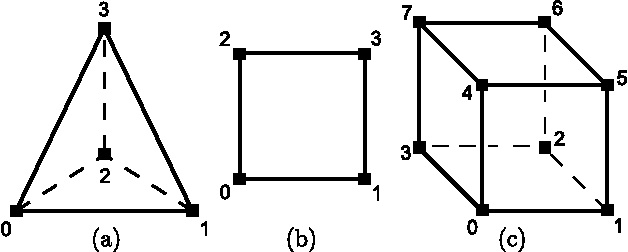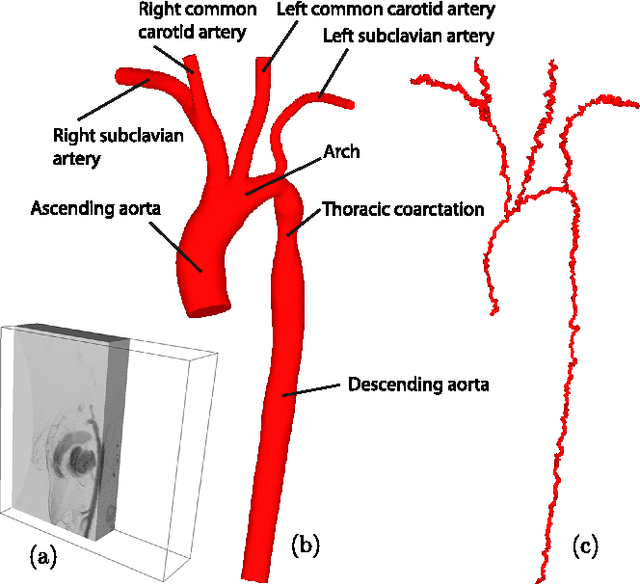Ruben Specogna
Topology preserving thinning for cell complexes
Feb 25, 2014



Abstract:A topology preserving skeleton is a synthetic representation of an object that retains its topology and many of its significant morphological properties. The process of obtaining the skeleton, referred to as skeletonization or thinning, is a very active research area. It plays a central role in reducing the amount of information to be processed during image analysis and visualization, computer-aided diagnosis or by pattern recognition algorithms. This paper introduces a novel topology preserving thinning algorithm which removes \textit{simple cells}---a generalization of simple points---of a given cell complex. The test for simple cells is based on \textit{acyclicity tables} automatically produced in advance with homology computations. Using acyclicity tables render the implementation of thinning algorithms straightforward. Moreover, the fact that tables are automatically filled for all possible configurations allows to rigorously prove the generality of the algorithm and to obtain fool-proof implementations. The novel approach enables, for the first time, according to our knowledge, to thin a general unstructured simplicial complex. Acyclicity tables for cubical and simplicial complexes and an open source implementation of the thinning algorithm are provided as additional material to allow their immediate use in the vast number of practical applications arising in medical imaging and beyond.
 Add to Chrome
Add to Chrome Add to Firefox
Add to Firefox Add to Edge
Add to Edge